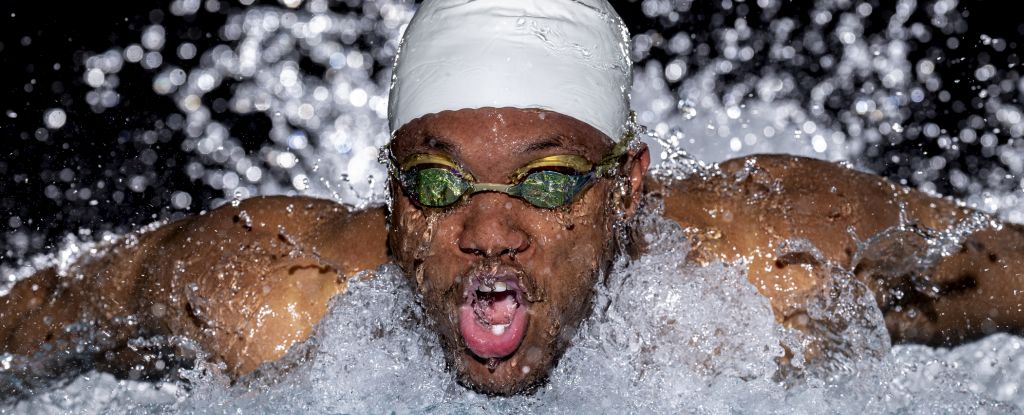Performing at the absolute pinnacle of athletic endeavor can play havoc on the human body. When you push yourself beyond your limits, you can end up in a world of pain.
There are the injuries, of course. And for the 14,500 or so athletes – and their staff – expected to take up residence in the Olympic Village for the duration of the 2024 Paris Games, there’s likely to be a few infections going around.
But one ailment is shockingly common among top-level athletes, and it’s probably not one you might expect. It’s estimated that upwards of 20 percent of the athletes who participated in the 1996 Summer Olympics suffer from asthma; and for the winter games, the number rises even higher.
In fact, a 2023 study found that somewhere between 15 and 30 percent of Olympic athletes have asthma. For some sports, the figure is as high as over 50 percent.
Asthma – an umbrella term for varying types – is a chronic, potentially dangerous lung condition linked to the body’s immune response.
A stimulus in the lungs – such as microscopic inhaled particles, like you might find in air pollution or emitted by a scent diffuser – can cause the airways to inflame and constrict, and mucus to flow, blocking the ability to breathe freely. Around the world, more than 1,000 people die per day from asthma.
But an asthma-like response can be triggered by something else: exercise. A sustained elevated level of breathing, which happens during exertion, can cause the airways to constrict, leading to coughing, wheezing, shortness of breath, airway restriction, and inflammation.
It’s not entirely clear why this happens. Scientists think it has to do with the increased airflow through the lungs.
We do know it’s much worse for endurance athletes, who spend a longer time breathing heavily. And it’s exacerbated by cold conditions, such as the snowy environs in which winter sports occur – but that doesn’t mean the problem evaporates for the summer games.
In fact, swimmers are one of the groups who are particularly affected, more than any other water sport. Swimmers rapidly and repeatedly inhale air that has not just water particles in it, but chlorinated water particles, which irritate the lungs.
If left untreated, exercise-induced asthma, more accurately named exercise-induced bronchoconstriction, can cause scarring in the lungs, so it’s important to be treated as quickly as possible, especially because permanent damage can hinder sports performance.
This can be challenging for Olympic athletes, since many of the medications available to treat respiratory ailments are banned under Olympic anti-doping rules.
Many – if not most – athletes affected by exercise-induced asthma will have a diagnosis prior to entering the Olympics, for the very simple reason that it takes a lot of long-term, intense training to reach that level in the first place.
It’s highly unlikely, if an individual is susceptible, that exercise-induced asthma will show up for the first time at the games.
And it won’t necessarily hinder performance if managed properly. Many asthmatic Olympians have taken home gold medals.
Exercise-induced asthma can affect anyone, not just Olympians. If you find yourself having difficulty breathing after taking a jog, it might be sensible to go see a doctor. But you don’t have to let it stop you.
If US swimmer Amy Van Dyken can sweep six gold medals, there may be hope for the rest of us, too.





